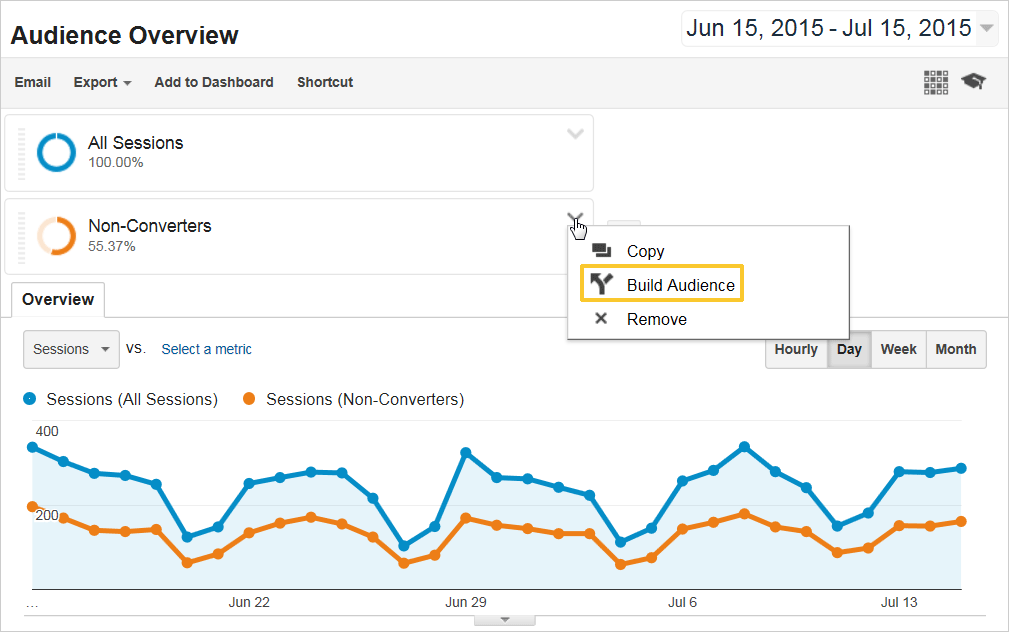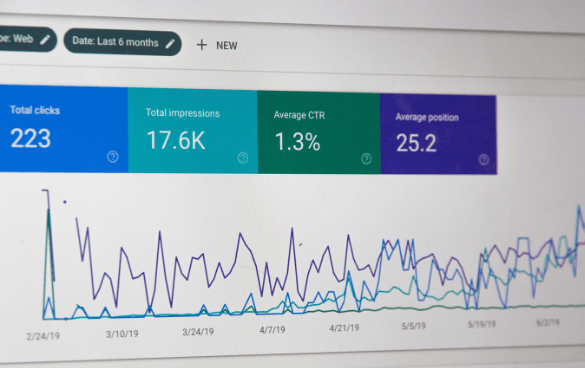Optimizing Your ROI with Remarketing In Google Analytics
Optimizing Your ROI with Remarketing In Google Analytics
Blog Article
Harnessing Remarketing in Google Analytics: A Comprehensive Overview
Using remarketing in Google Analytics offers services a calculated side in getting to out to prospective customers. This overview will shed light on the essential actions included in utilizing the complete capacity of remarketing in Google Analytics, leading to improved advertising and marketing outcomes.
Recognizing Remarketing in Google Analytics
Remarketing in Google Analytics allows services to strategically target individuals that have actually formerly engaged with their website or mobile application. By leveraging data from Google Analytics, organizations can create personalized remarketing checklists based upon individual behavior, such as web pages seen, actions taken, or certain goals accomplished. This effective tool enables companies to re-engage with customers who have actually shown passion in their services or items, eventually increasing the probability of conversion.
Understanding the various kinds of remarketing methods is essential for an effective campaign - What Is “Remarketing” In Google Analytics?. Google Analytics provides numerous options, consisting of conventional remarketing, vibrant remarketing, and remarketing lists for search ads (RLSA) Each kind offers a distinct objective and can be tailored to satisfy details advertising and marketing purposes
Additionally, assessing the performance of remarketing projects is necessary for optimizing outcomes. Google Analytics gives valuable understandings into the effectiveness of different remarketing methods, permitting companies to make data-driven choices and fine-tune their targeting technique. By continually keeping an eye on and readjusting remarketing initiatives based on analytics information, organizations can maximize ROI and drive success in their advertising and marketing campaigns.
Establishing Remarketing Projects

After establishing audience lists, the following action is to connect Google Analytics with Google Advertisements. By connecting these 2 systems, companies can perfectly move target market checklists from Google Analytics to Google Advertisements for remarketing purposes. This combination allows for even more specific targeting and better project performance.
Once the accounts are connected, businesses can develop remarketing campaigns in Google Advertisements utilizing the audience provides previously specified in Google Analytics. These campaigns can be tailored with particular ad creatives, messaging, and bidding process strategies to successfully re-engage with past site visitors and drive conversions. By following these actions, companies can leverage the power of remarketing to improve their marketing efforts and boost ROI.
Utilizing Target Market Division Methods

Predefined sections in Google Analytics permit you to quickly examine typical audience classifications like brand-new customers, returning individuals, or customers who finished a details goal on your web site. Personalized segments, on the various other hand, allow you to produce special sectors based upon specific criteria that are necessary to your great site service objectives. Dynamic remarketing lists automatically readjust based upon customer actions, revealing personalized ads to customers that have actually connected with your website particularly means.
Studying Remarketing Efficiency Metrics
Upon examining the effectiveness of remarketing projects in Google Analytics, the analysis of key efficiency metrics provides beneficial insights into target market interaction and conversion prices. By delving right into metrics such as click-through rates Click This Link (CTR), conversion prices, expense per procurement (CPA), and return on advertisement spend (ROAS), marketing professionals can gauge the success of their remarketing efforts. Evaluating these metrics makes it possible for online marketers to maximize projects, refine target market targeting, and allocate budget plans successfully to enhance general remarketing efficiency.
Enhancing Remarketing Methods
When refining remarketing approaches in Google Analytics, concentrating on audience division is vital for attaining project success. By separating your audience right into specific sectors based upon their habits, demographics, or interests, you can tailor your advertisements better to every team. This targeted strategy increases the probability of engaging users who have already shown rate of interest in your solutions or items, causing higher conversion rates.
Another important element of enhancing remarketing techniques is constantly screening and refining your projects (What Is “Remarketing” In Google Analytics?). A/B screening various advertisement creatives, messaging, or deals can aid you recognize what reverberates finest with your target market and drives one of the most conversions. By assessing the performance of these tests in Google Analytics, you can make data-driven choices to maximize your remarketing initiatives better
In addition, leveraging vibrant remarketing can dramatically boost your project results. This attribute permits you to reveal tailored ads to users based upon their past interactions with your website, showcasing solutions or products they have previously checked out. By providing tailored content to customers based on their interests and actions, dynamic remarketing can aid boost interaction and drive conversions.
Final Thought
Finally, using remarketing in Google Analytics is a calculated method to target users who have previously involved with a web site. By producing tailored target market lists and making use of audience division techniques, services can optimize remarketing projects for raised conversion prices. Analyzing efficiency metrics and continuously enhancing strategies are vital for making best use of the efficiency of remarketing efforts.
Google Analytics provides various alternatives, including basic remarketing, vibrant remarketing, and remarketing lists for search advertisements (RLSA)After setting up target market listings, the following step is to connect Google Analytics with Google Advertisements. By linking these two systems, organizations can perfectly move target market listings from Google Analytics to Google Advertisements for remarketing objectives.As soon as the accounts are linked, companies can develop remarketing projects in Google Ads using the audience details previously specified in Google Analytics.When refining remarketing techniques in Google Analytics, focusing on target market division is paramount for attaining campaign success.
Report this page